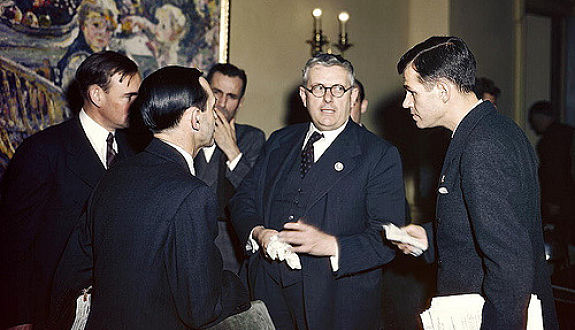
Willie Earle, a black man in his mid twenties, got picked up on a murder charge. The day before, someone—it could have been Earle, but that doesn’t matter—robbed a cab driver and stabbed him to death.
By the evening of Earle’s first day in the county jail, a large crowd of about fifty men, mostly cab drivers, all white, gathered outside. They demanded Earle be handed over to them. He was. The crowd then lynched Earle, beating, stabbing and shooting him. This was 1947. Greenville, South Carolina.
Amid strong national condemnation, thirty-one men were charged with Earle’s murder—technically with murder and conspiracy to commit murder. Some confessed. Some incriminated each other. But a trial was set in Greenville. And an all white, male jury was empaneled.
The judge—who was later sickened by the acquittal of the defendants—had tried to keep the defense attorneys from appealing to the jurors’ prejudice or Southern pride. His order was largely ignored. One of the defense attorneys spoke about “Northern agitators,” how the North devastated the South, and said that “Willie Earle is dead, and I wish more like him was dead.” All this while the defendants sat with their families in court, in their hometown.
While there are many lessons you can learn from this case, one of my favorite professors—he teaches evidence and criminal procedure—likes to use the case to illustrate the power of the jury.
Acquittals are final. Except in cases of down-right fraud, a verdict of not guilty cannot be appealed by the prosecution. Juries also have the power to acquit even where they think the defendant is actually guilty—this is called jury nullification. It seems like a wonderful thing in some cases—jurors can refuse to apply laws they deem unjust, like drug possession or The Fugitive Slave Act—but jury nullification can also have a cost if jurors exercise this power in prejudice, or maybe even fear. Every policy choice has a cost.
For a full, and much more nuanced account of the trial, read this first-hand account by Rebecca West in the New Yorker.




